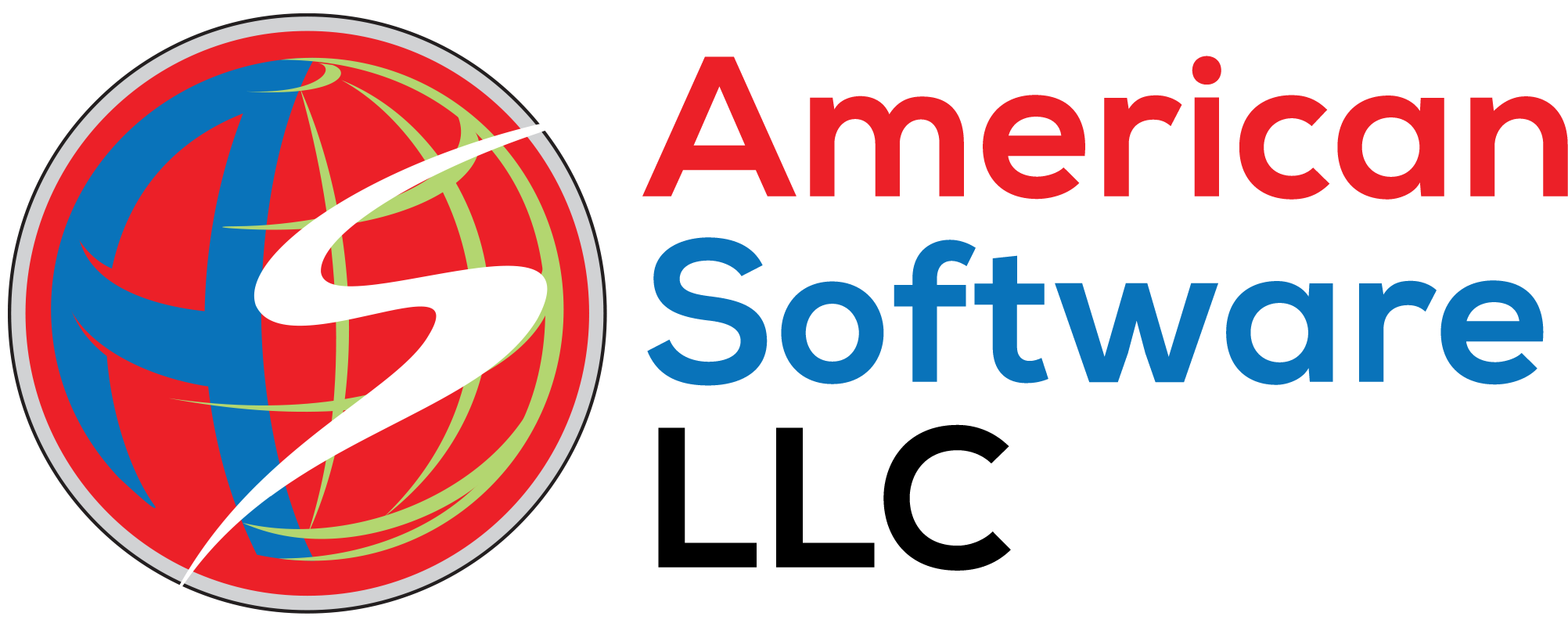![]()
However, it also increases risk, as higher debt also means higher interest payments and insolvency risks. Companies using accelerated depreciation methods (higher depreciation in initial years) are able to save more taxes due to higher value of tax shield. Though tax shields are an important tactic, there is no consensus regarding the correct way to compute their value. Most authors think of calculating the value of the tax shield in terms of the appropriate present value of the tax savings due to interest payments on debt. They not only provide immediate tax savings but also influence a company’s capital structure and investment decisions.

📆 Date: May 3-4, 2025🕛 Time: 8:30-11:30 AM EST📍 Venue: OnlineInstructor: Dheeraj Vaidya, CFA, FRM

For instance, a manufacturing company can deduct raw material costs, while service firms might focus on professional fees. Maintaining detailed records is crucial to substantiate these deductions during audits. Identifying qualifying operational costs helps businesses reduce taxable income and improve cash flow, supporting long-term growth. Interest payments on borrowed capital are often deductible, benefiting companies that rely on debt financing. According to the Internal Revenue Code (IRC) Section 163, businesses can deduct interest paid or accrued on indebtedness within the taxable year.
How to calculate the tax shield
- Deductible expenses are necessary costs incurred in the operation of a business.
- To develop a better understanding of the general formula, the paper applies it to specific situations.
- Taxpayers can either reduce their taxable income for a specific year or choose to defer their income taxes to some point in the future.
- These effects primarily include tax shields, which are the tax savings generated by the tax deductibility of interest payments on debt.
- However, if your business experiences significant changes in expenses or income, recalculating more frequently can help you adjust your financial planning accordingly.
Tax shield is the reduction in taxable income due to the deductibility of interest payments or depreciation expenses. Calculate the value of the project without debt, also known as the unlevered value or the free cash flow (FCF) of the project. To calculate the FCF, we need to estimate the revenues, costs, taxes, and depreciation of the project over its lifetime. Then, we need to subtract the taxes depreciation tax shield and depreciation from the revenues and costs to get the net income. Finally, we need to add back the depreciation and subtract the capital expenditures and the changes in net working capital to get the FCF.
APV vs. Discounted Cash Flow (DCF)

The choice of the method depends on the availability of data, the complexity of the project, and the preferences of the analyst. The traditional method is simpler and easier to apply, but it may not capture the true value of the tax shield. The APV method is more accurate and flexible, but it requires more data and assumptions, and it may be more difficult to implement. Both unearned revenue methods are valid and useful tools to estimate the tax shield of a project, as long as the assumptions and limitations are understood and acknowledged.
Step 1: Calculate the Base Case NPV (Assuming All-Equity Financing)
Sandra’s areas of focus include advising real estate Retail Accounting agents, brokers, and investors. Alongside her accounting practice, Sandra is a Money and Life Coach for women in business. Tax evasion occurs when people intentionally fail to report their revenue or income to the proper taxing authority, such as the Internal Revenue Service (IRS). As shown in the completed output above, Company B’s taxes were $840k lower than Company A’s taxes. Here, Company A will carry no debt on its balance sheet (and thus have zero interest expense), whereas Company B will have $4m in interest expense.
- The tax shield is therefore a tax advantage for borrowing costs that can increase the value of a company.
- It refers to the potential tax savings that a company can enjoy by utilizing certain tax deductions and credits.
- Depreciation expense is a non-cash expense that reduces the taxable income of the project, and therefore the taxes paid by the firm.
- It also provides incentives to those interested in purchasing a home by providing a specific tax benefit to the borrower.
- This method calculates the free cash flow to equity (FCFE) of the project, which is the cash flow available to the equity holders after paying all the expenses, taxes, and debt obligations.
- The traditional method may overestimate or underestimate the tax shield, depending on the actual debt and interest rate.
- In this section, we will delve into the concept of a tax shield and its significance in project evaluation.
- Accordingly, a higher level of debt leads to a higher tax shield, which results in a lower WACC and a higher enterprise value.
- But recall that the APV calculation is as of the present date, thus we must discount this TV amount to the present.
- Additionally, governmental tax websites and reputable financial education resources offer guidance on tax planning and strategies.
- Here we see that depreciation acts as a shield against tax, a cash outflow for the business.
- The traditional method is simpler and easier to apply, as it requires fewer inputs and calculations.
Tools such as the SmartZebra cost of capital module and the beta factors module can help to calculate the WACC and the impact of the tax shield professionally and efficiently. If this risk reduction is not only assumed ex post, but also ex ante for the expected return on equity, this is referred to as a safe tax shield, otherwise the tax shield is uncertain. You can read about the influence of this distinction in the in-depth article Uncertain vs. certain tax shield in beta factors. As we can see, the NPV from the two methods are very close, but not exactly the same.
